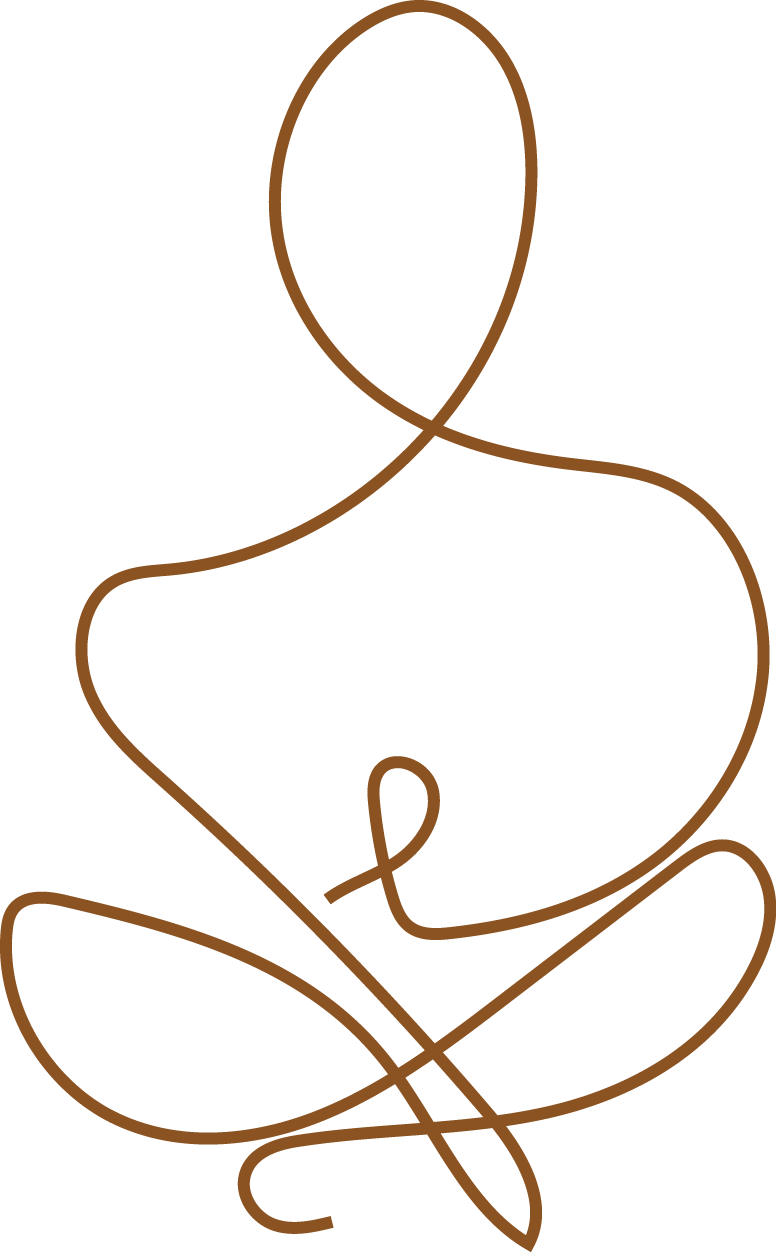Keep in mind: no one likes a “mouth breather”
Okay, the title is a bit mean but it gets the point across. This week we are talking nose breathing. I’m sure you’ve heard people around you talking about how they nose breath doing this and that. It all sounds a bit much, like a new trend, a bit excessive - Isn’t breathing just breathing? Why should I breathe through just my nose? What’s so bad about mouth breathing?!
Well, to answer all of this we have to start with the basics, with the nervous system.
We have a sympathetic nervous system (fight, flight, freeze) and a parasympathetic nervous system (rest & digest). In the world we currently live in it is really challenging to not be in fight, flight, freeze (sympathetic nervous system). We have so many stressors that access us all day, every day. This was not always the way, cavemen didn’t have iphones with notifications and emails, they were just out there hunting and gathering and not brushing their hair (how??). They used fight, flight, freeze as a SURVIVAL mechanism, now we almost encourage it, experience this through daily anxiety and stress. We actually compete over who is busier (not slay).
So what can help? That’s right, nose breathing!
Your body has this incredible cranial nerve; the vagus nerve. It is the longest cranial nerve in the body and runs through the opening of the diaphragm. The vagus nerve is responsible for parasympathetic response. When we breathe through the nose (the diaphragm is a muscle involved with breathing) with slight constriction in the throat (ocean breath) we stimulate the vagus nerve. Humming, singing, chanting also do the same.
So to put the pieces together here; when we breathe through the nose we stimulate the vagus nerve which brings us into our parasympathetic nervous system.
The parasympathetic nervous system is important as it literally allows us to rest and digest. Nose breathing therefore has huge implications on sleep. The digest element is also crucial in order to absorb nutrients from food, reduce bloating, and discomfort. There are difference nose breathing practices (aka breathwork) to do before and after sleep, and after eating to digestion.
There are other benefits to nose breathing, and on the other side of the coin, consequences of mouth breathing.
Major benefits include; improvement of sleep quality, allowing more presence in your life, and less stresse and general anxiety. The negative implications are not what you would expect (well, I was shocked). Children who mouth breath develop a different facial structure which makes nose breathing difficult later in life; it impacts jaw and palate development. Later in life the child also develops the features including tired eyes, poor cheekbone definition, narrow face, crooked teeth, crooked nose, set back jaw, and small airways.
What else can help?
Daily breathwork practices, trying to nose breath as much as possible, and taping your mouth to sleep has been proven beneficial. Pro tip: this doesn’t mean taping your mouth as if you’re a hostage. It can just be a square or small strip on the lips as feedback for your mouth to stay closed as you sleep (you’re welcome).
Rather than thinking this is excessive, it’s more of a coping mechanism for us to better ourselves - in order for our body to return back to a state of balance between parasympathetic and sympathetic nervous systems. Neither system is “bad”, they both serve an important purpose but balance is ideal. Nose breathing will not only allow sleep and digestion to improve but it generally will improve our quality of life, daily functioning, and ability to enjoy life.
There is a lot more science behind nose breathing, especially surrounding oxygen, carbon dioxide, and nitric oxide - but I can’t give all my secrets away. What do they say: treat them mean, keep them keen?
We touched a little bit on breathwork - if you’re interested in the content of this blog, Habitual do offer group and private breathwork courses across 4 weeks.
Until next week,
